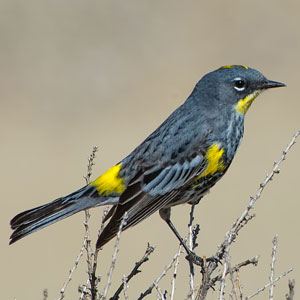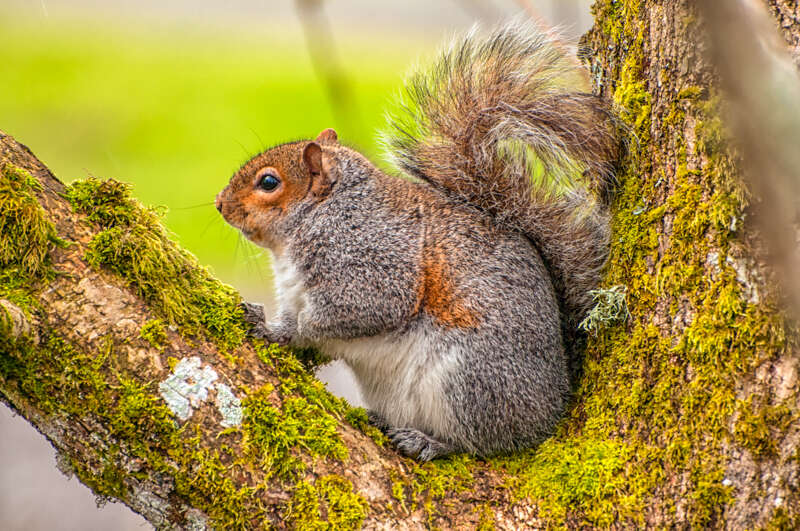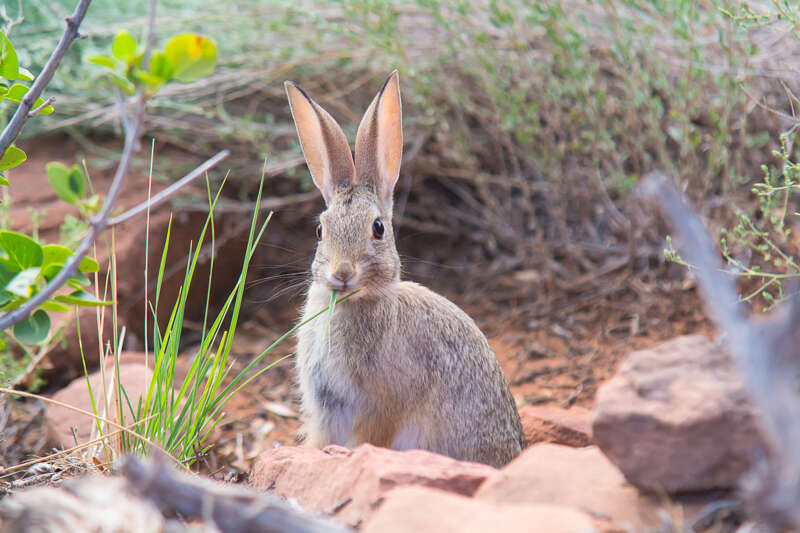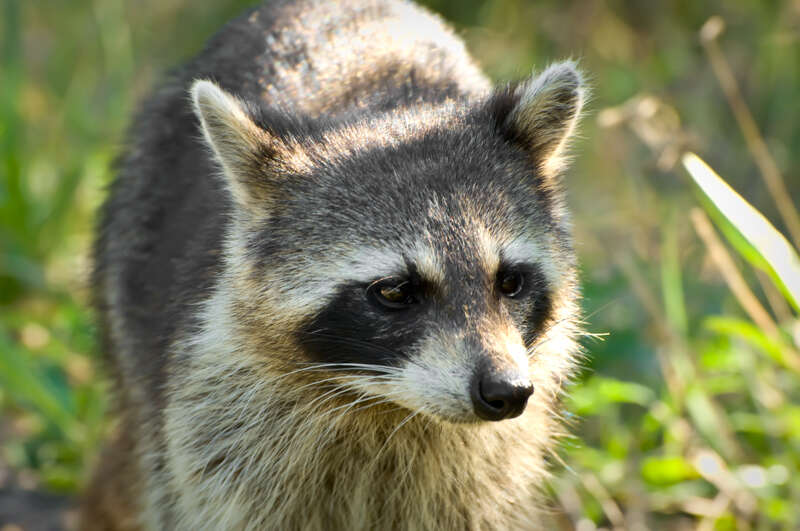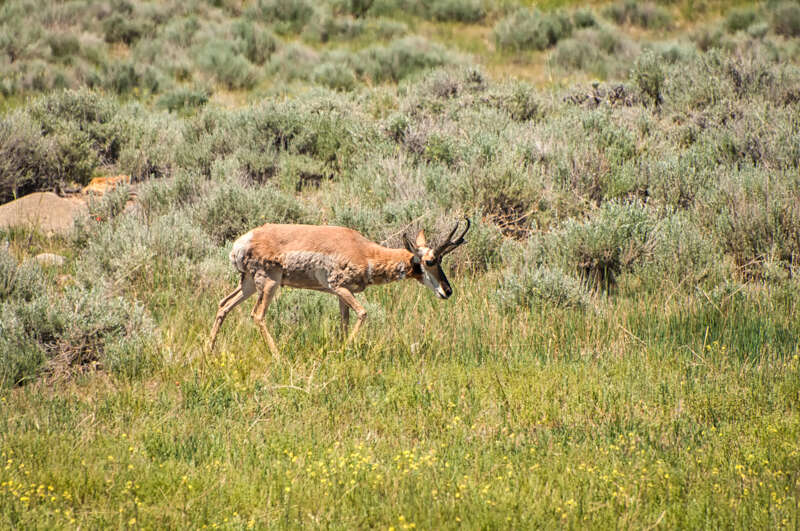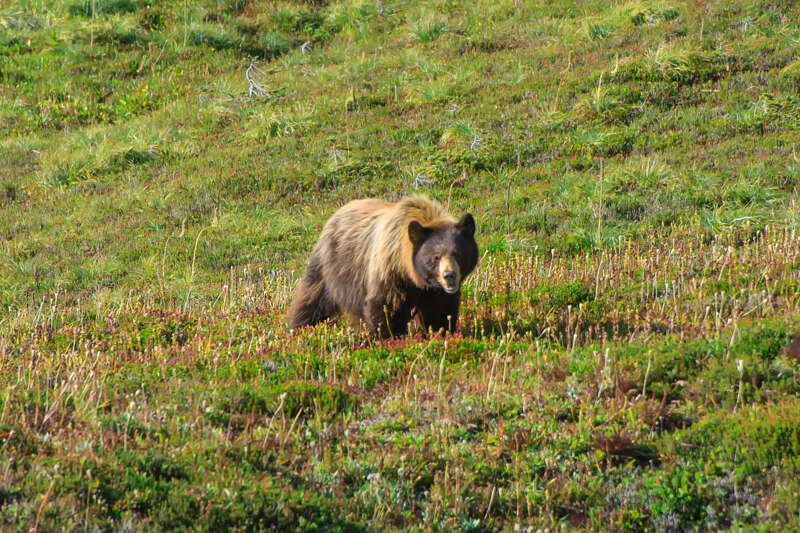Mammals
We mammals have come a long way since the time of the dinosaurs. We’ve conquered the land, sea and air. North America has more than 740 species alive today.
Bison, Goats and Sheep (Bovines)
Also known as ungulates, this primarily Old World mammal family (Bovidae) includes those that crossed over the Bering Land Bridge that connected modern Russia and Alaska, into the New World with early North American pre-Columbian humans that have evolved into our beloved modern bison, mountain goats and bighorn sheep.
Squirrels, Chipmunks and Marmots (Sciurids)
The family Sciuridae is a large family of small rodents, most notably tree squirrels, but also includes ground squirrels, chipmunks, flying squirrels, woodchucks, marmots and prairie dogs.
Deer and Elk Family (Cervids)
Historically an important food source for most human cultures and other predatory animals around the world throughout time, cervids include deer in their various forms, elk, moose, caribou and reindeer and are most easily recognized during parts of the year by their fantastic antlers.
Rabbits, Hares and Pikas (Lagomorphs)
Until recently, rabbits, hares and pikas were considered to be rodents, until it was determined by biologists and paleontologists that lagomorphs had split off on their own evolutionary branch from modern rodents between 55 and 65 million years ago. Today, lagomorphs are the most hunted group of mammals in the world, not only falling victim to carnivorous birds and reptiles, but also their fellow mammals! It’s a good thing they breed so quickly and often!
Rats, Mice, Voles and Muskrats (Cricetids)
Rats, Mice, Voles and Muskrats. Members of the rodent family Cricetidae are a part of the large and very diverse superfamily, Muroidea. It includes New World rats and mice, voles, muskrats and true hamsters. Other non-native species of rats and mice are not included.
Seals and Sea Lions (Pinnipeds)
Seals and Sea Lions. The word “pinniped” comes from the two Latin words “fin” and “foot”, and makes up the family of seals, sea lions and walruses. Recent genetic research shows us that bears, weasels, badges, otters and pinnipeds split from a common ancestor around 50 million years ago!
Foxes, Wolves and Coyotes (Canines)
Foxes, Wolves and Coyotes. This is a group that needs no introduction: the canids. In North America, we have three groups of these native members of the dog family: wolves, foxes and coyotes. Intelligent and social, these adaptable mammals (especially coyotes) often thrive in close proximity to heavily populated cities and towns.
Raccoons, Ringtails and Coati (Procyonids)
Small, curious and intelligent animals, procyonids are more commonly known as raccoons, ringtails and coati. These omnivorous animals behave like a cross between bears and cats, and share some common characteristics – striped long tails and “masks” over their furry faces!
Pigs (Suids)
All modern members of the pig/hog/boar family of mammals found living today in North America (Suidae) are non-native. Ones found in the wild today in North America are either the descendants of farmyard escapees, the descendants of imported animals destined to be hunted, or some interbred version of both!
Pronghorns (Antilocaprids)
Pronghorns. Known to be the second fastest animal in the world (the cheetah is first), the only surviving modern member of the mammal family (Antilocapridae) in North America is the pronghorn. Evolved to outrun the extinct American cheetah, it still retains its once most valuable resource: speed.
Armadillos (Dasypodids)
Armadillos. Distantly related to anteaters and sloths, members of the distinctively New World mammal family Dasypodidae now only has one surviving lineage in North America – the armadillos. Originating in South America, the constantly changing volcanic landscape of Central America joined the Northern and Southern continents around three million years ago, allowing what is now known as the “Great American Interchange” which enabled our modern native armadillos to reach North America.
Manatees (Trichechids)
Of the three species of manatees living today, only one – the West Indian manatee (Trichechus manatus) is found living natively along the coasts of North America, mostly in Florida but sometimes in other states bordering the Gulf of Mexico or the southern half of the United States.
Bears (Ursidae)
Also known collectively as caniforms, bears are distant relatives to both pinnipeds (seals and walruses) and mustelids (badgers, otter and weasels). With only three species native to North America – black, brown (grizzly) and polar, humans and these large powerful carnivores and their more ancient ancestors have had a somewhat uneasy relationship with humans since humans first arrived in North America.
Weasels, Otters and Badgers (Mustelids)
These intelligent small fur-bearing carnivores are collectively known as the weasel family, and include otters, minks, fishers, martens, sables, badgers, ferrets and wolverines. While small and short-legged these extremely agile, voracious and deadly-efficient hunters are well known for taking much bigger prey than themselves.



